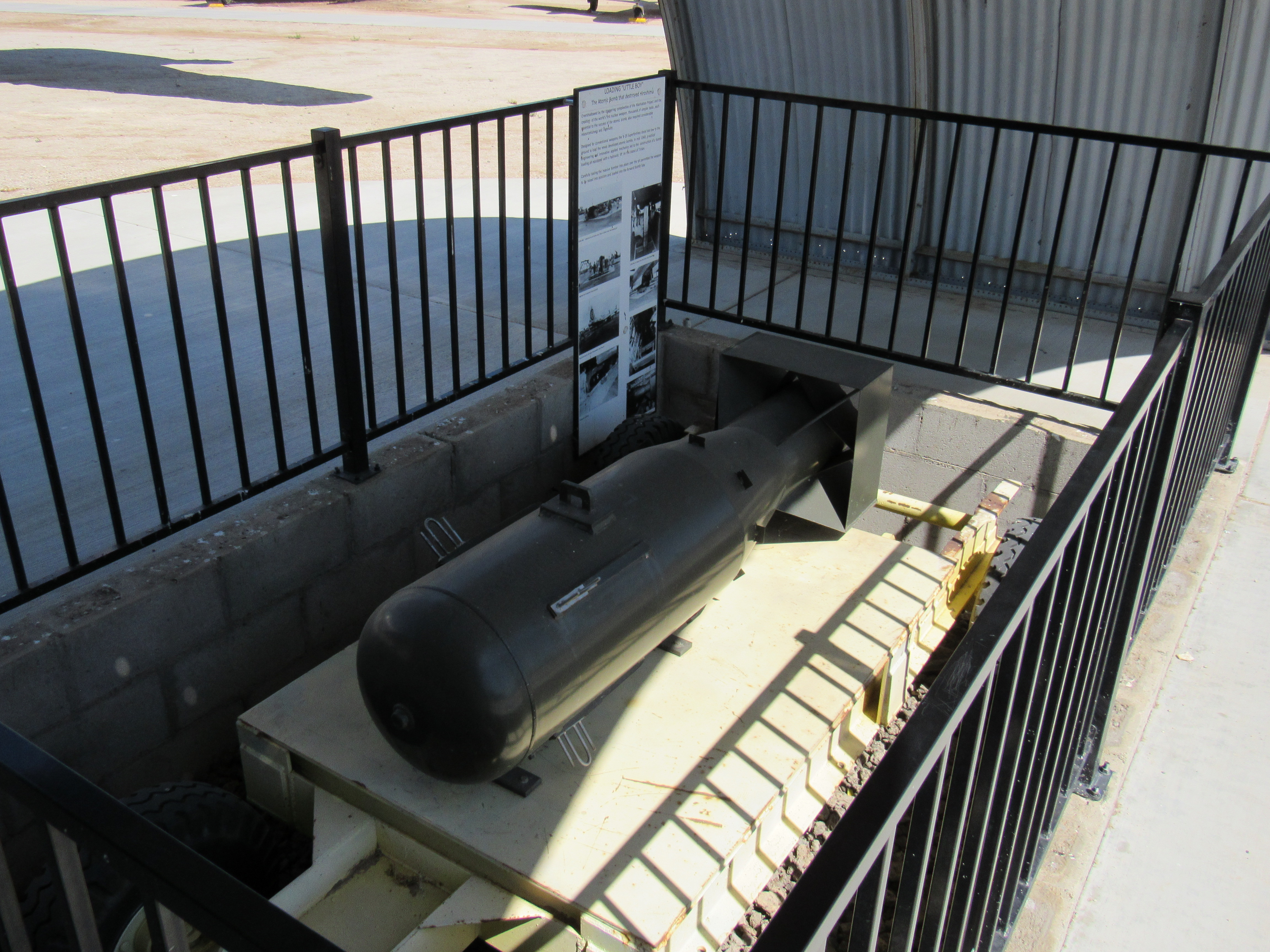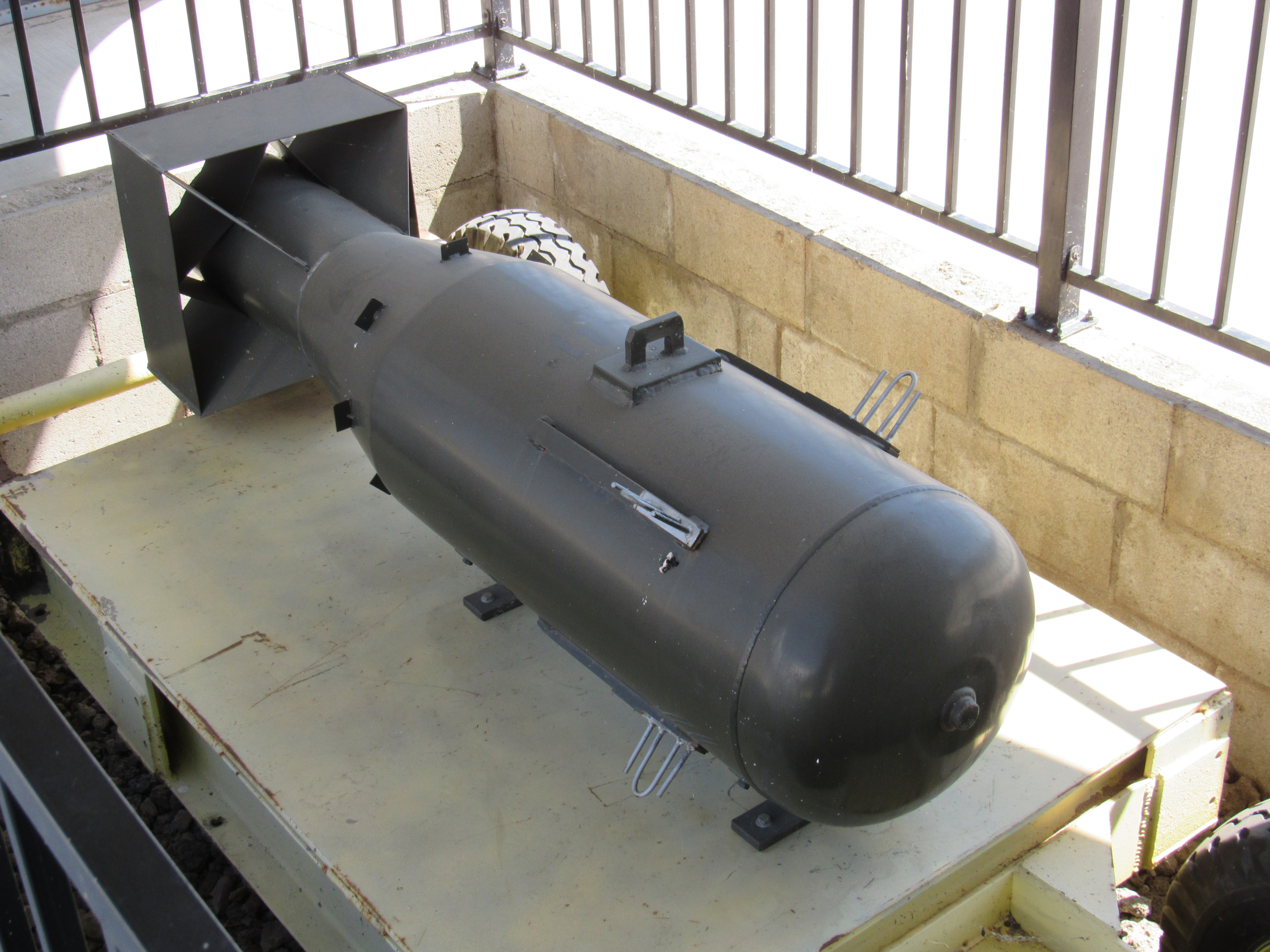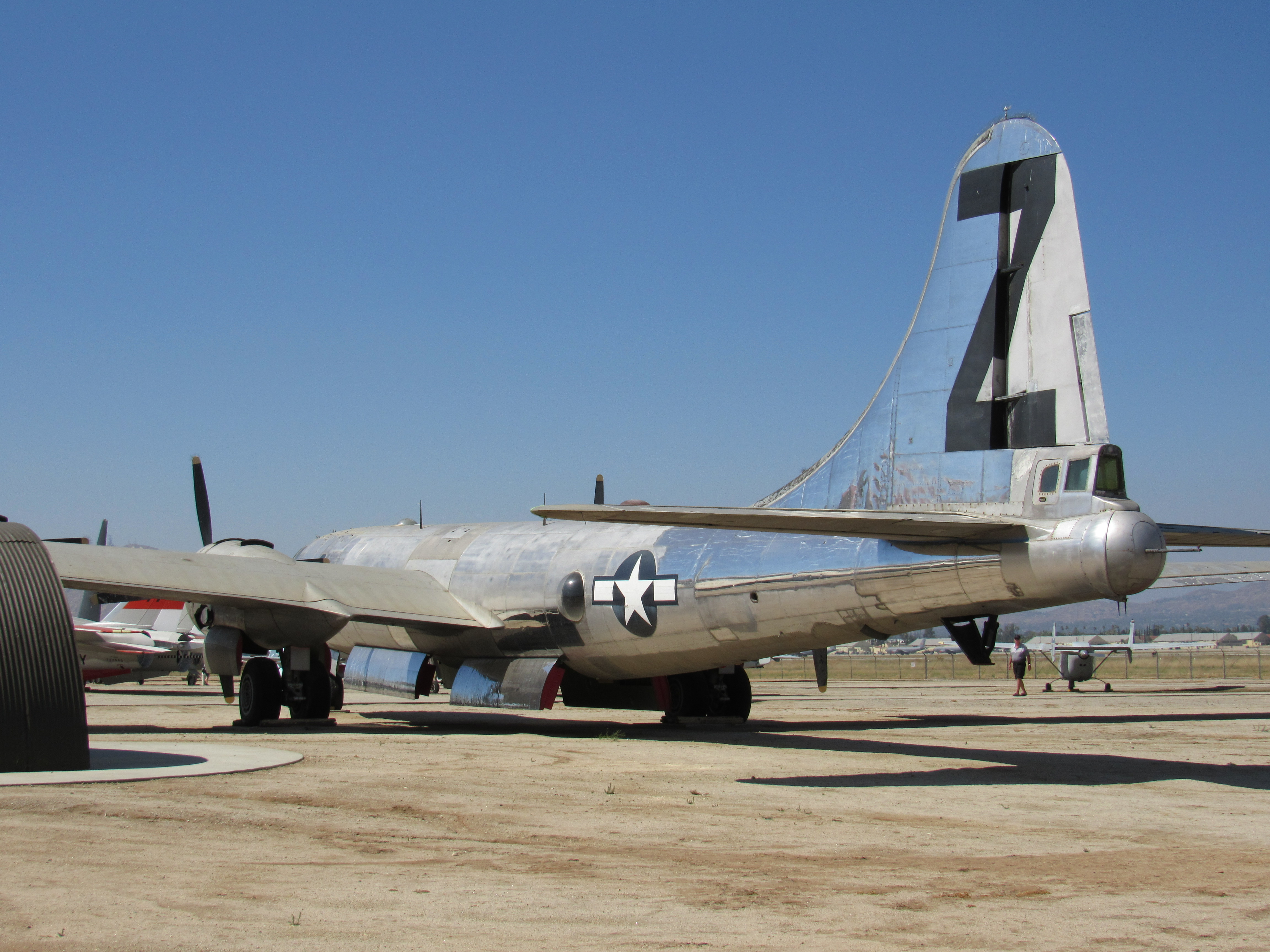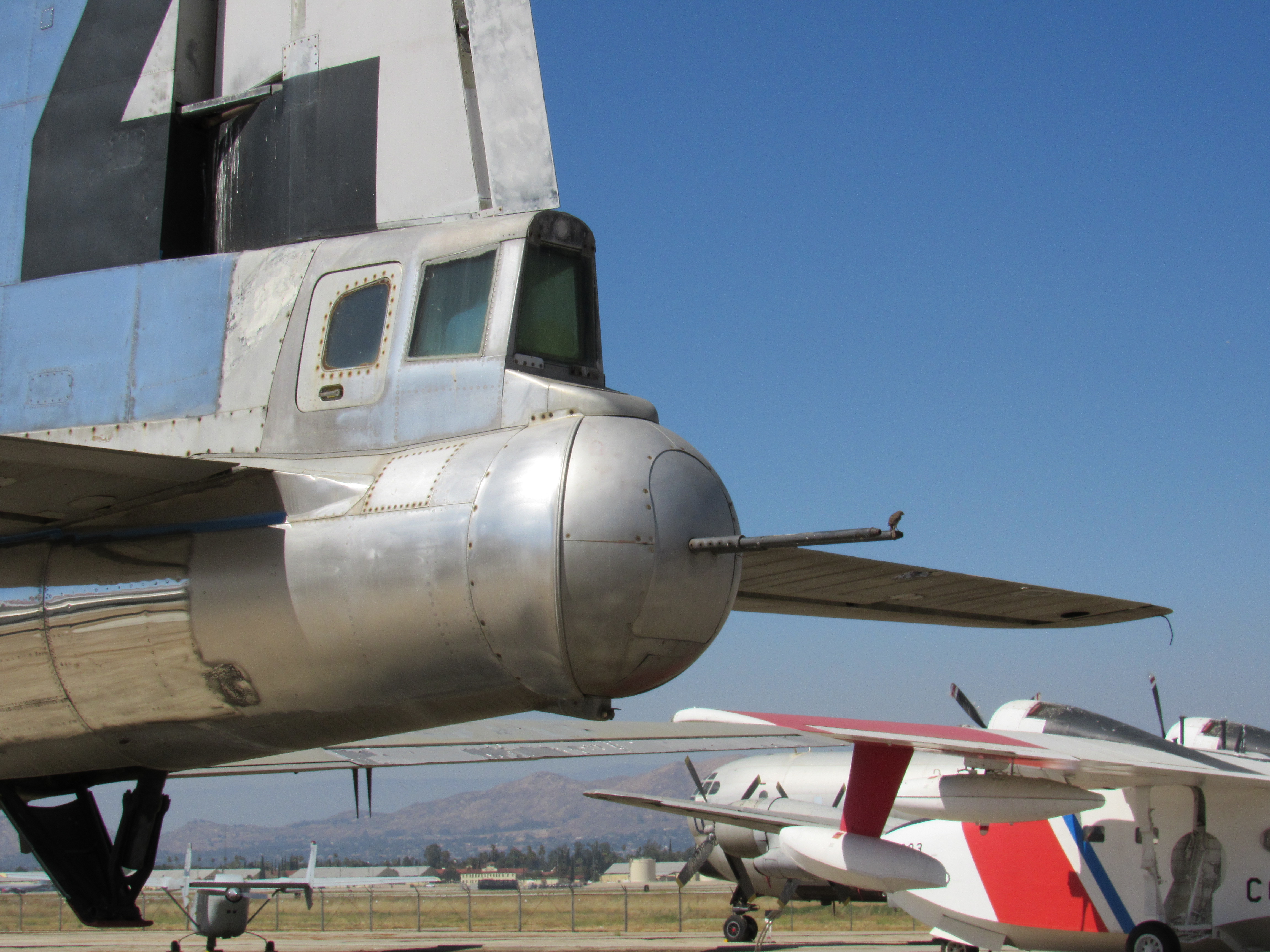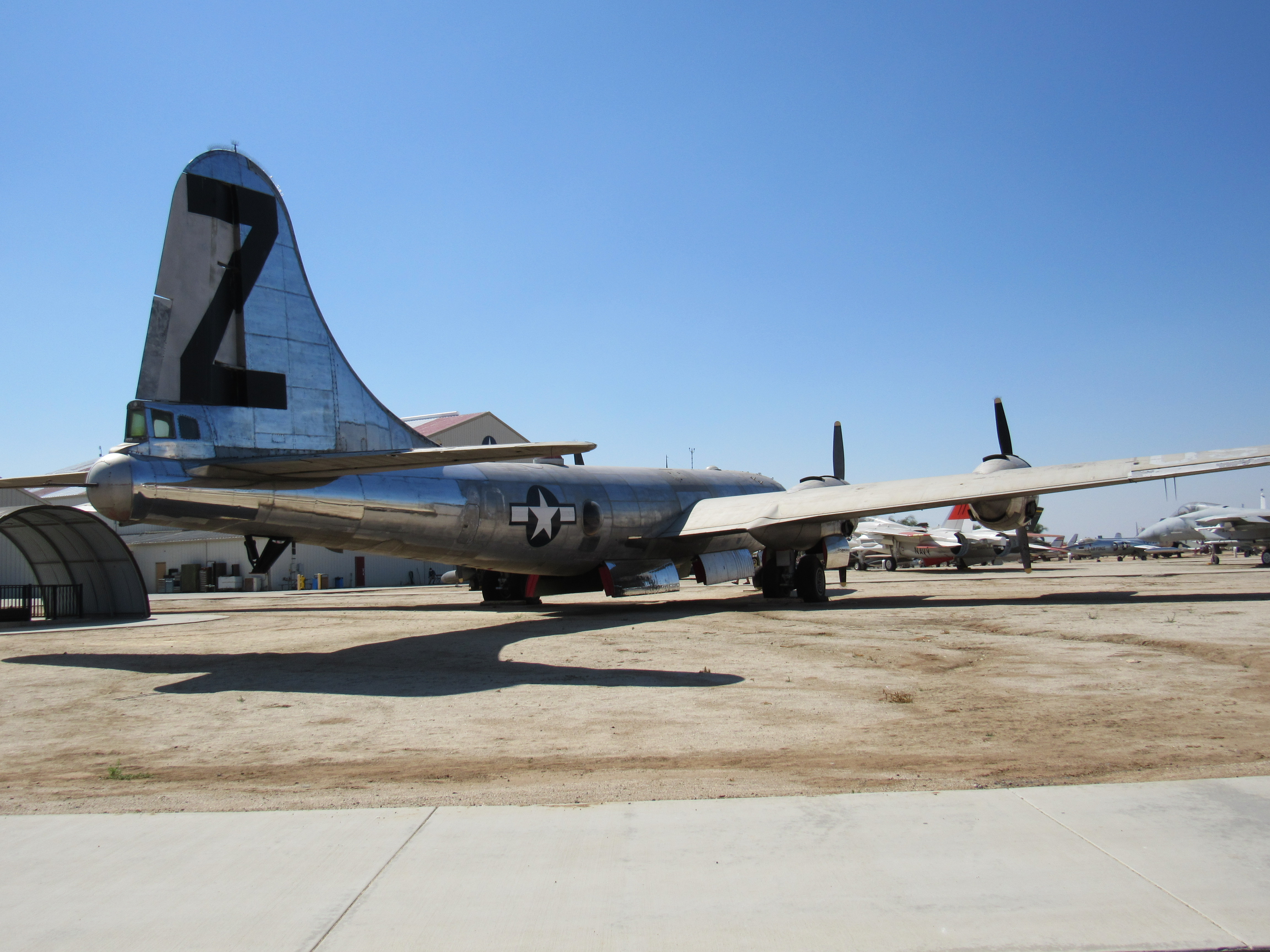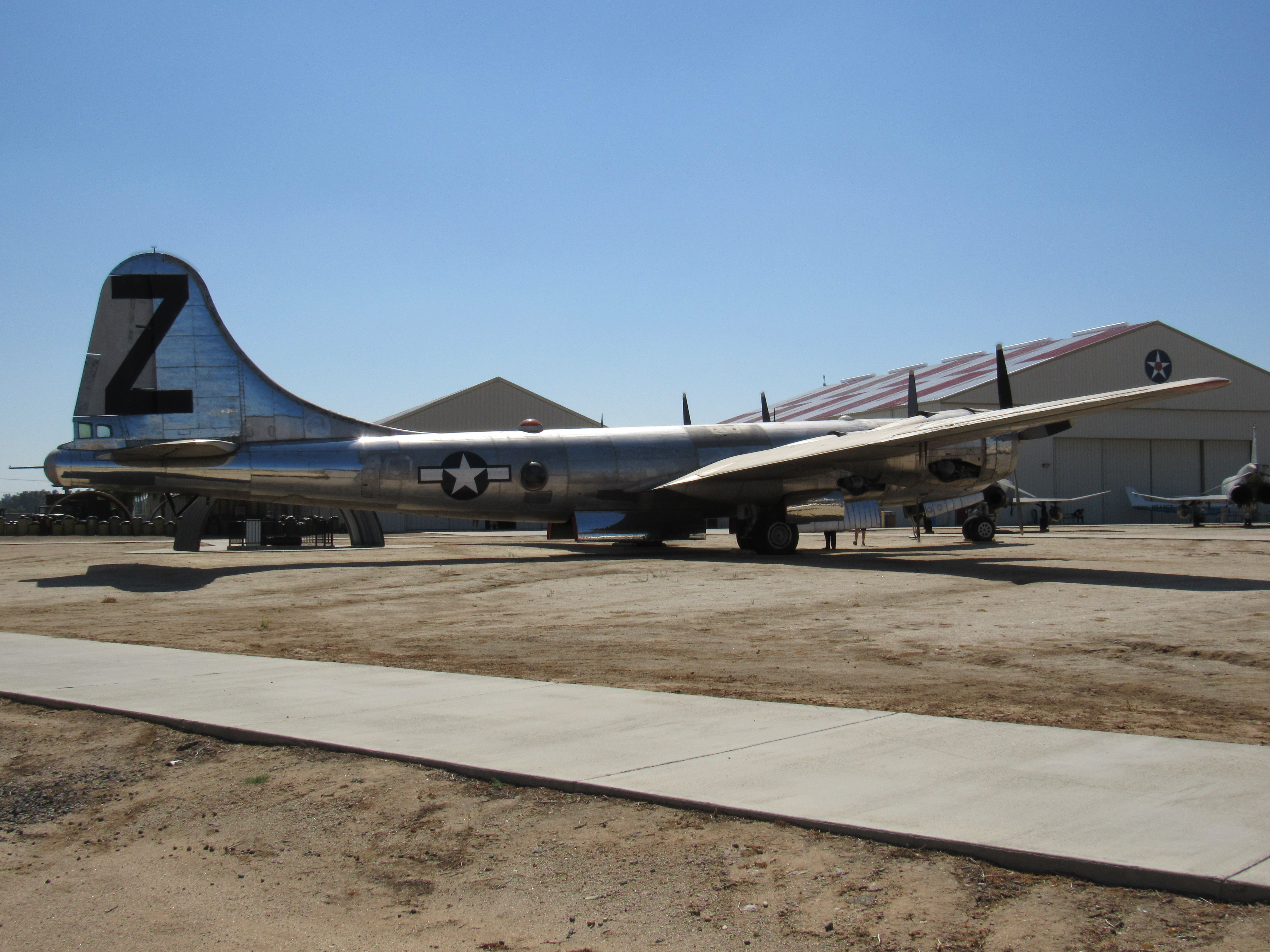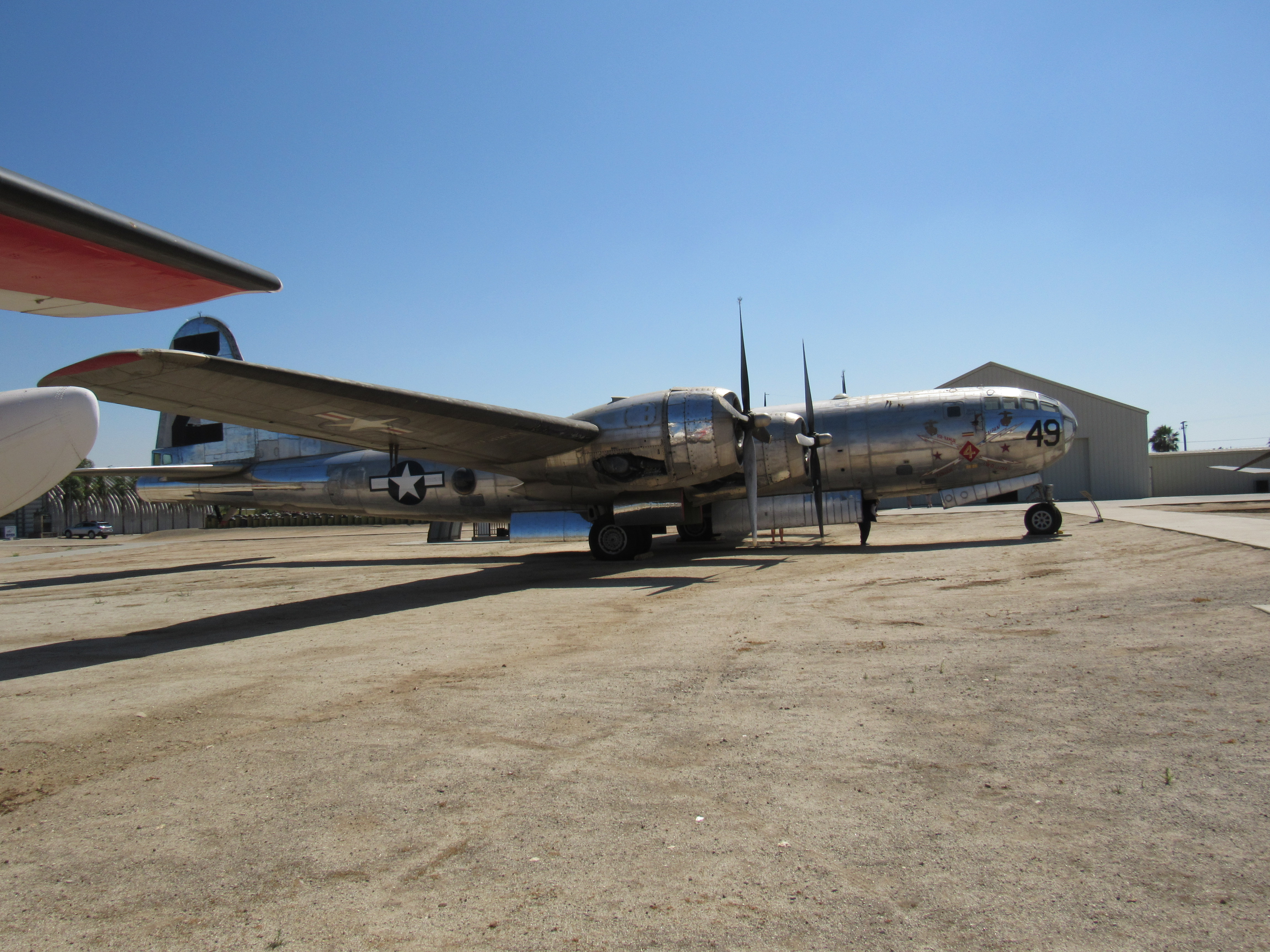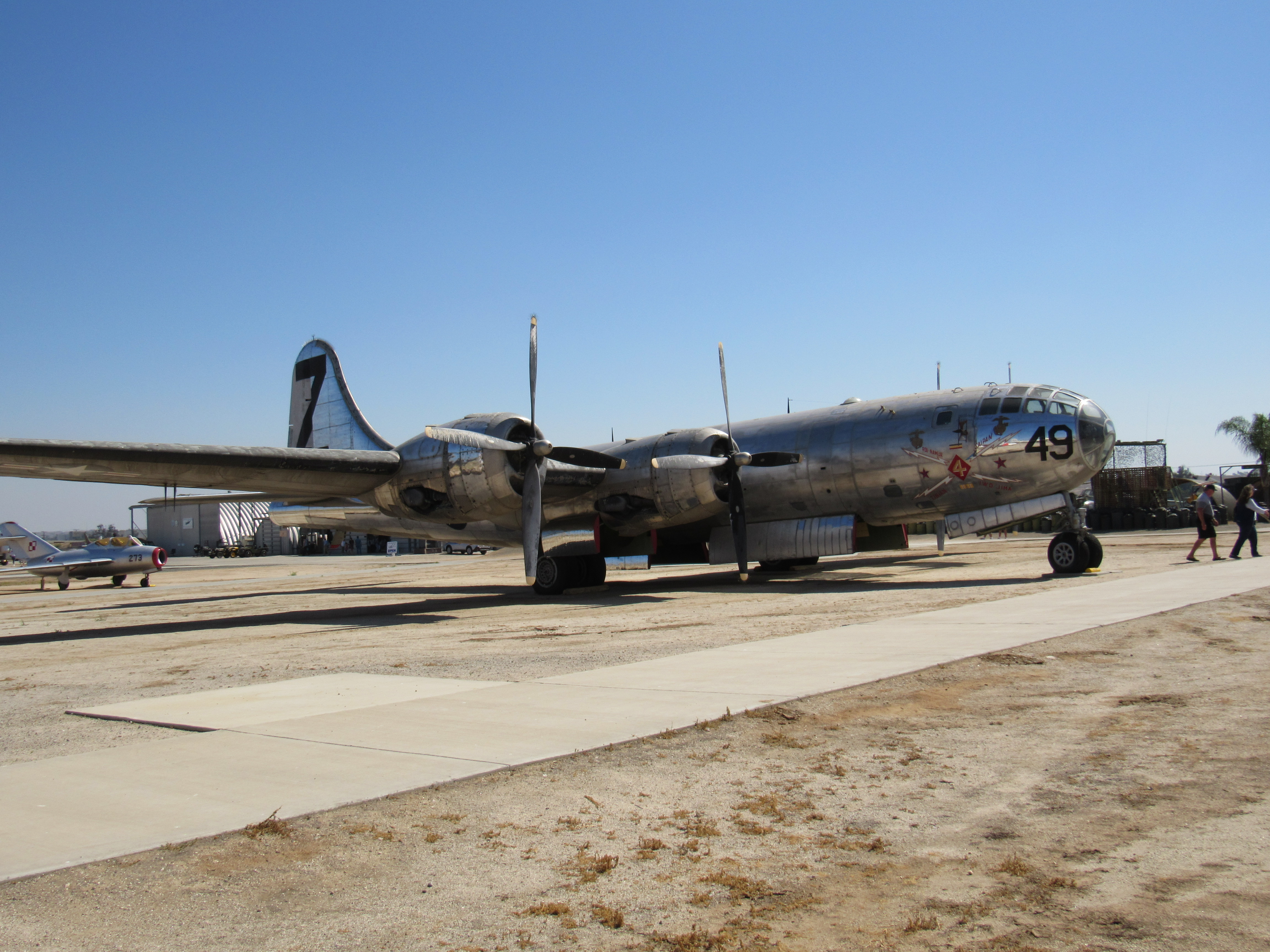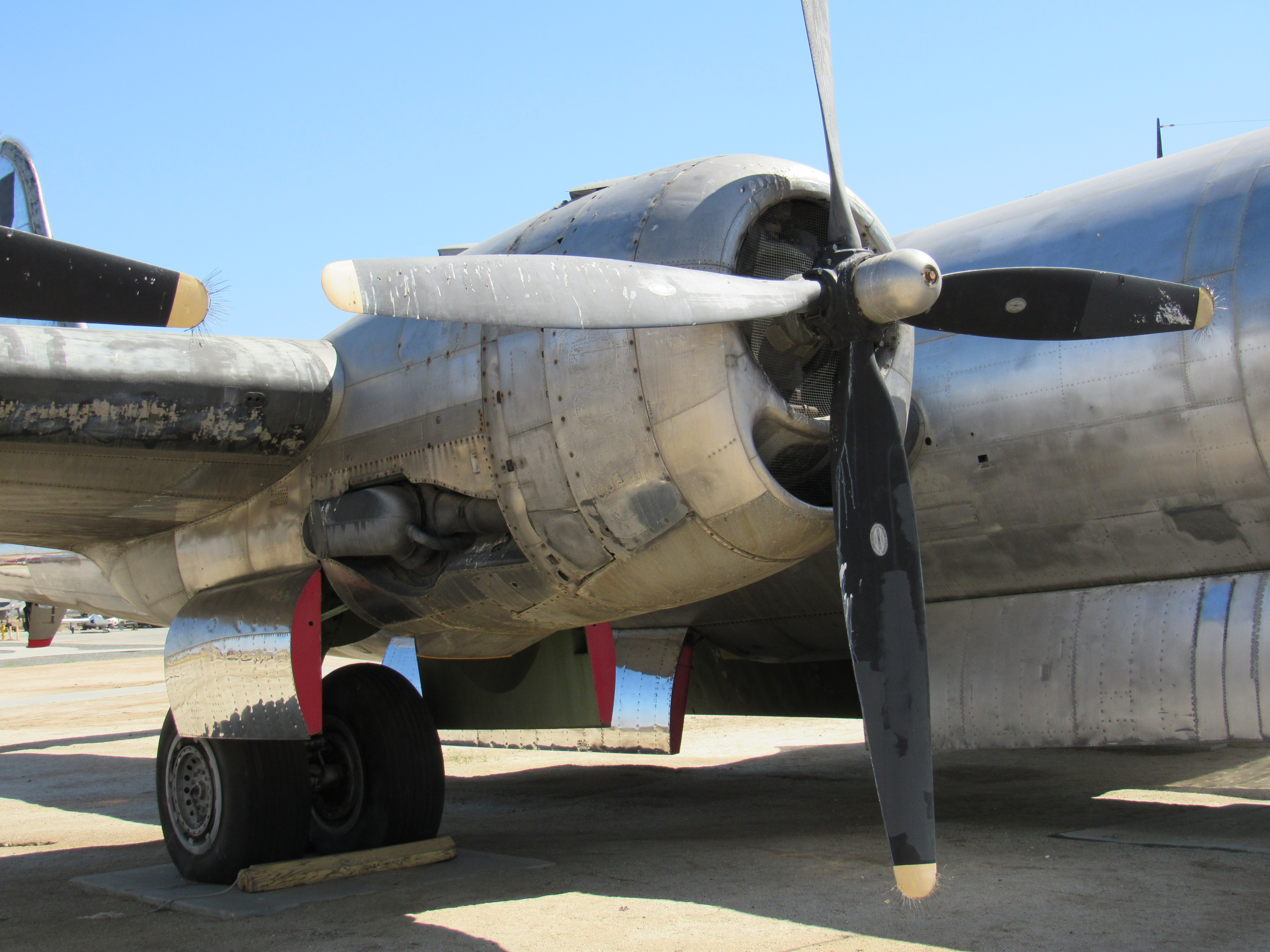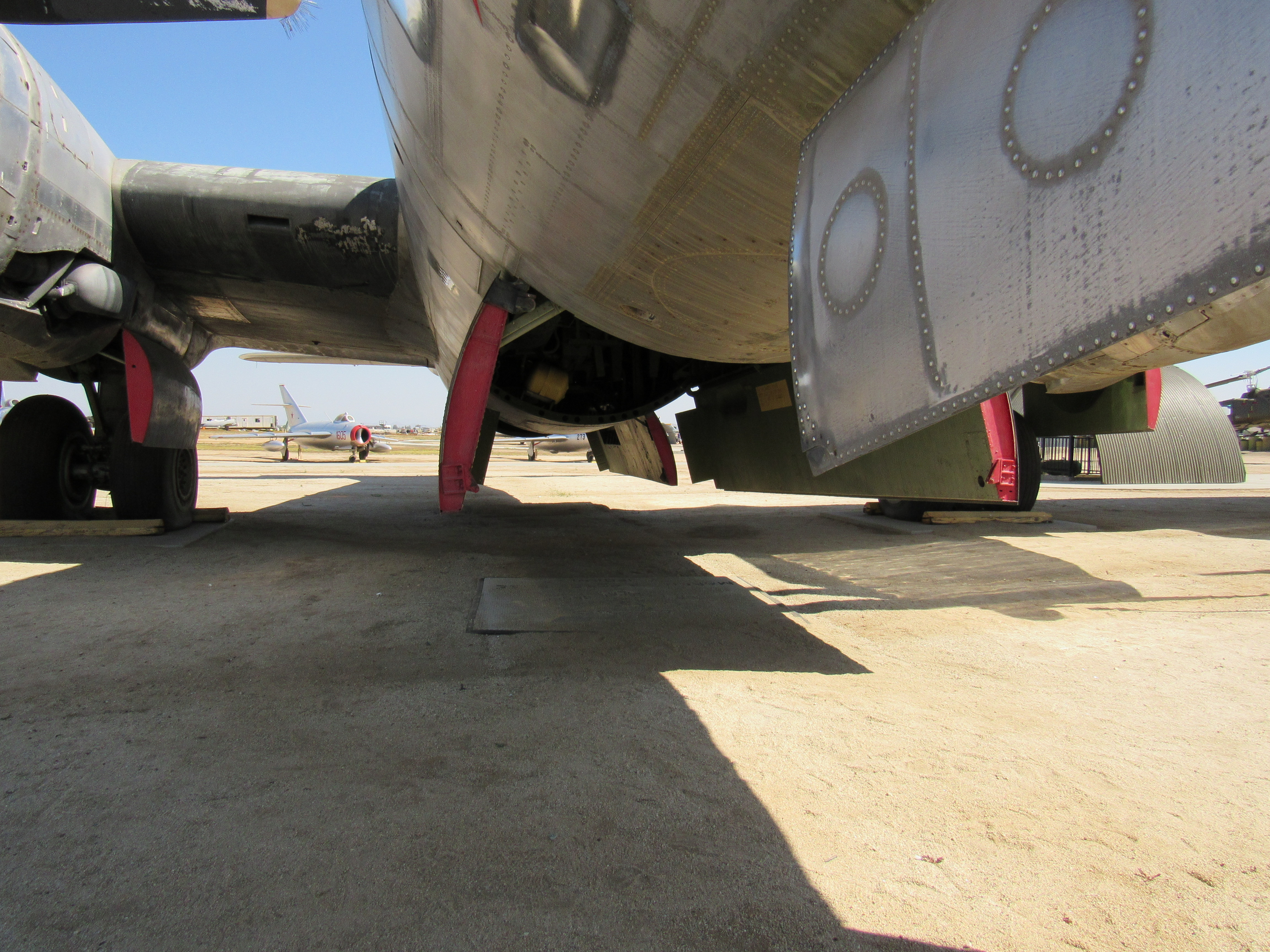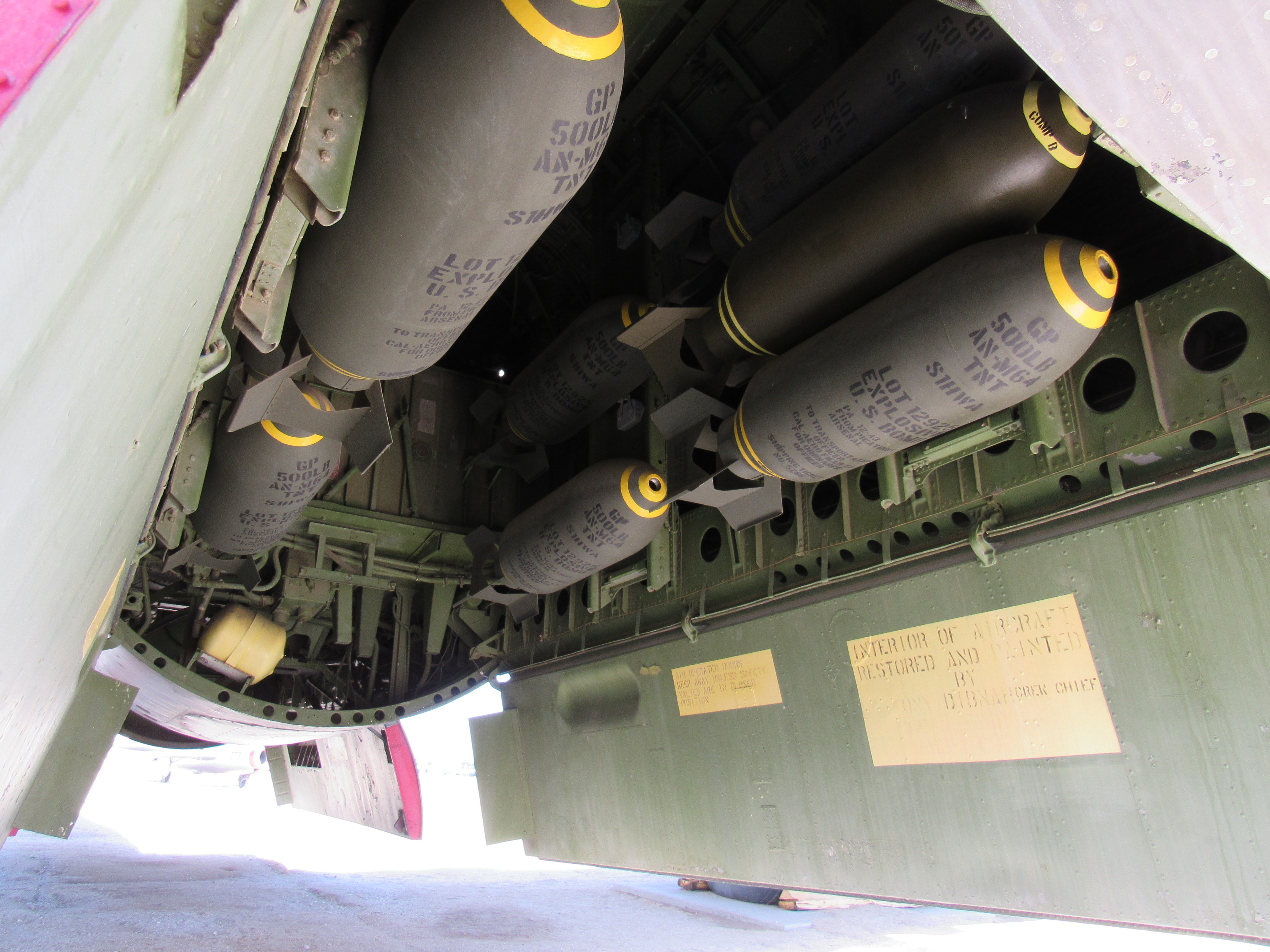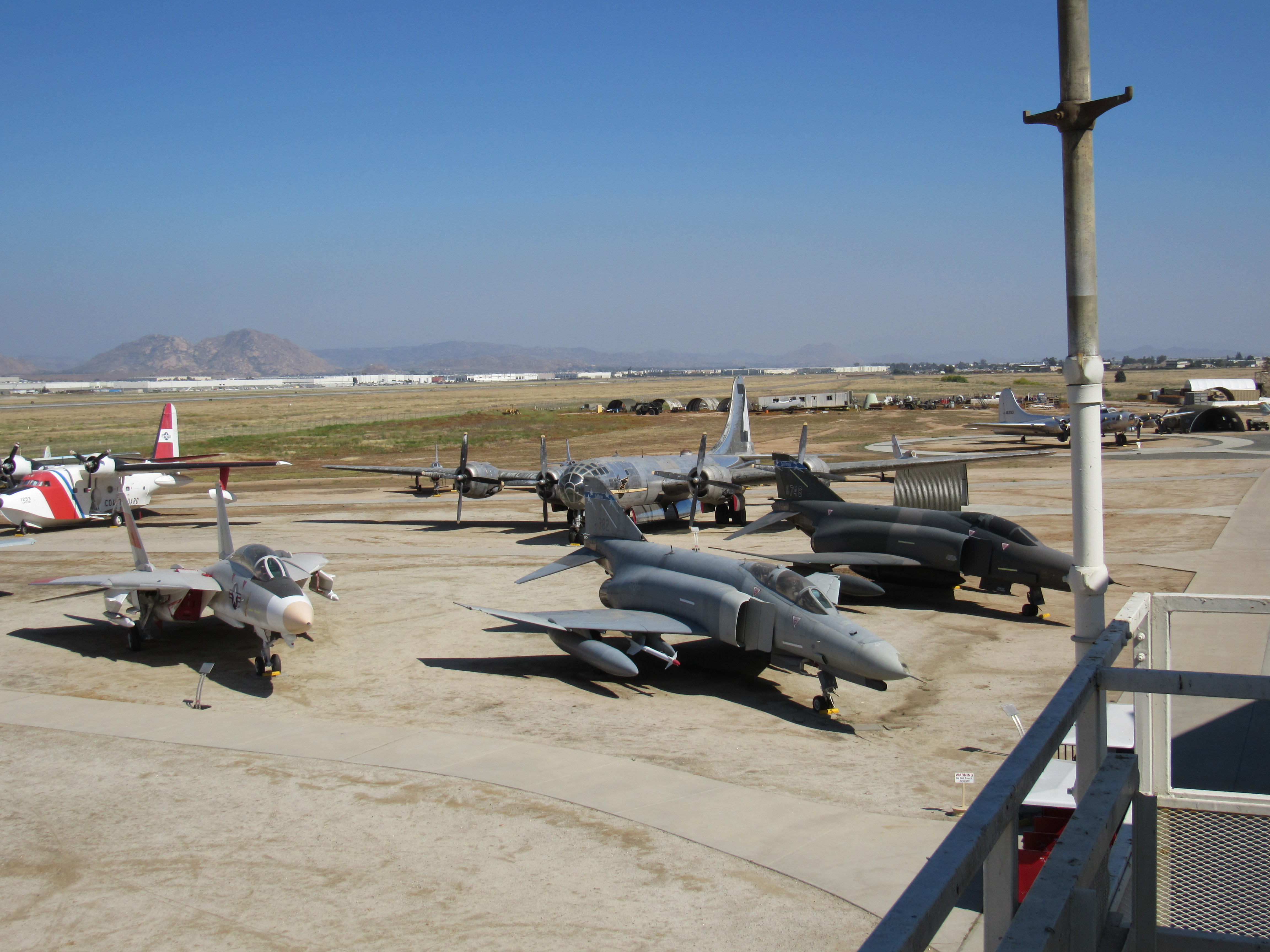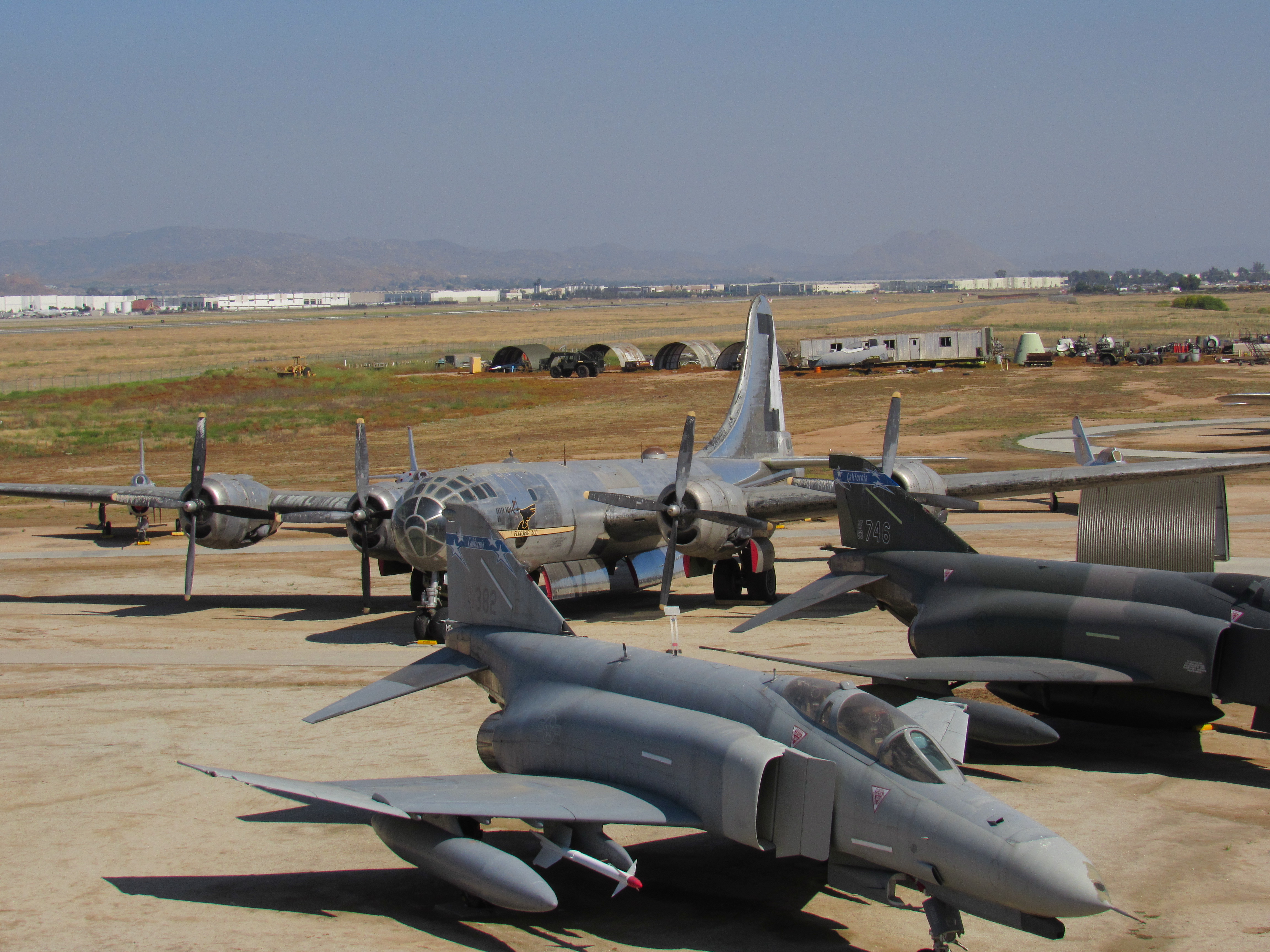
March Field Air Museum has a B-29A Superfortress on static display. For your viewing pleasure, join me for a walking tour around the plane:

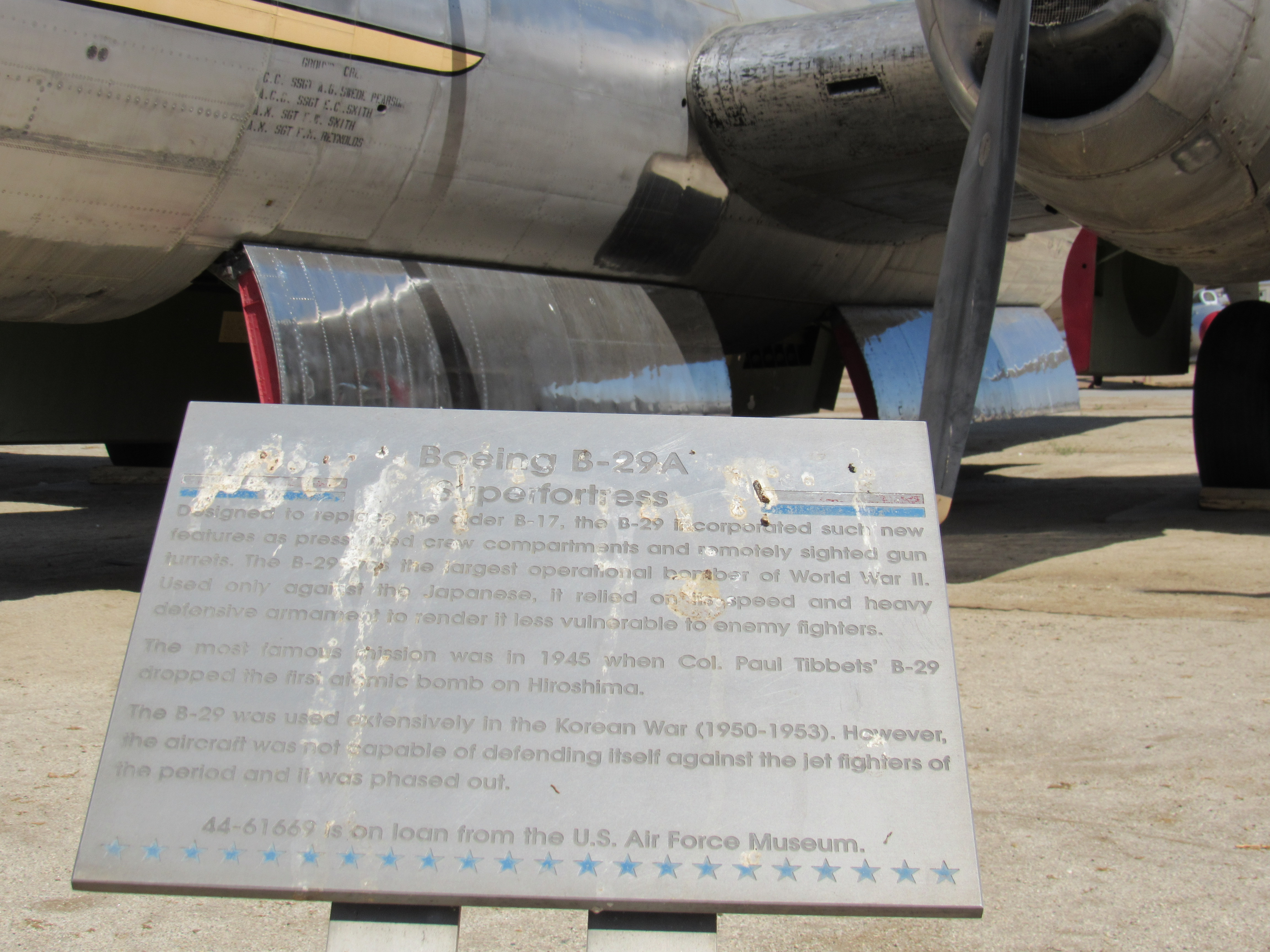
Placard reads:
Boeing B-29A
Superfortress
Designed to replace the older B-17, the B-29 Incorporated such new features as pressurized crew compartments and remotely sited gun turrets. The B-29 was the largest operational bomber of World War II. Used only against the Japanese, it relied on the speed and heavy defensive armament to render it less vulnerable to enemy fighters.
The most famous mission was in 1945 when Col. Paul Tibbetts’ B-29 dropped the first atomic bomb on Hiroshima.
The B-29 was used extensively in the Korean war (1950-1953). However the aircraft was not capable of defending itself against the jet fighters of the period and it was phased out.
44-61669 is on loan from the US Air Force Museum.
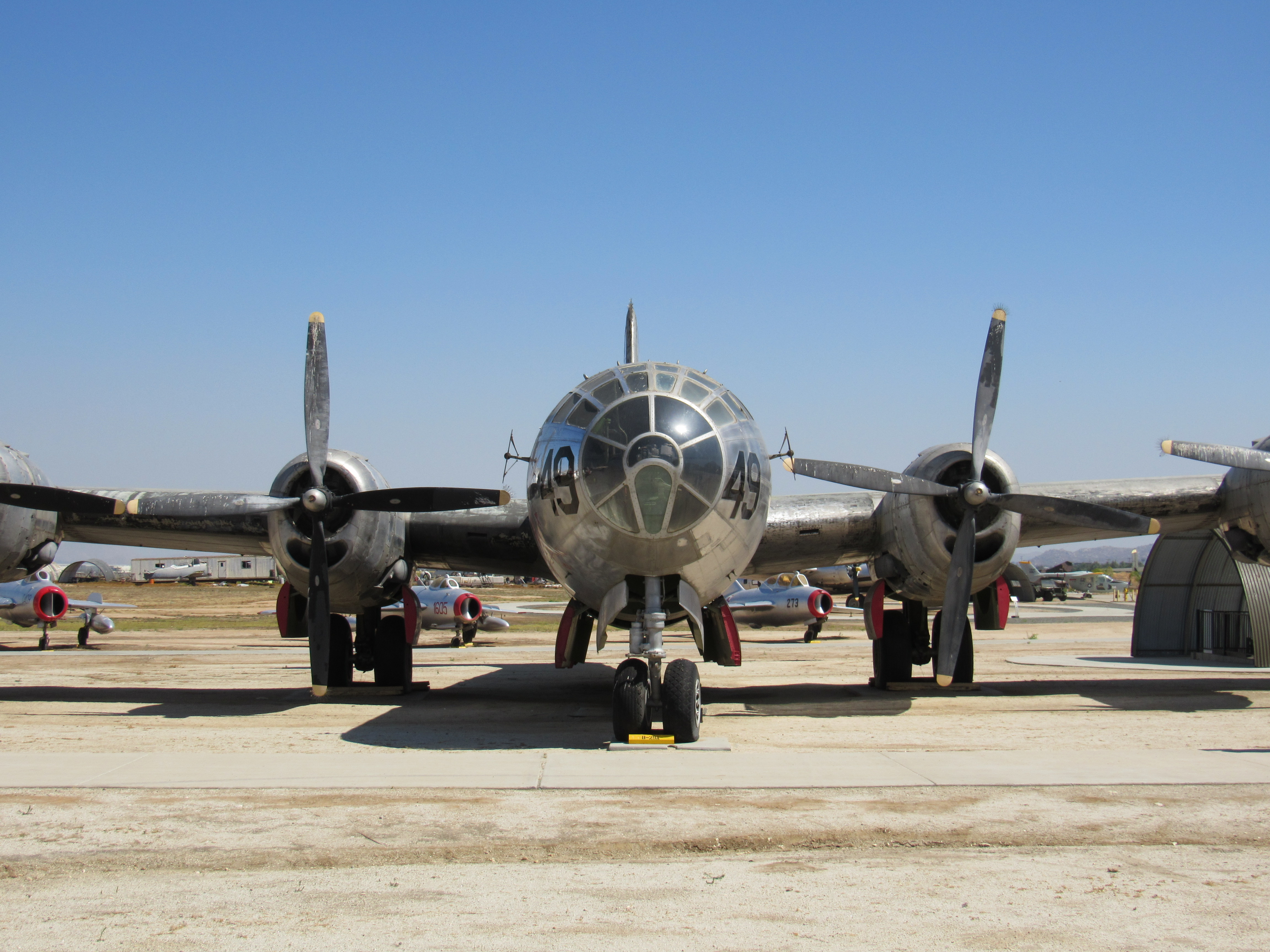
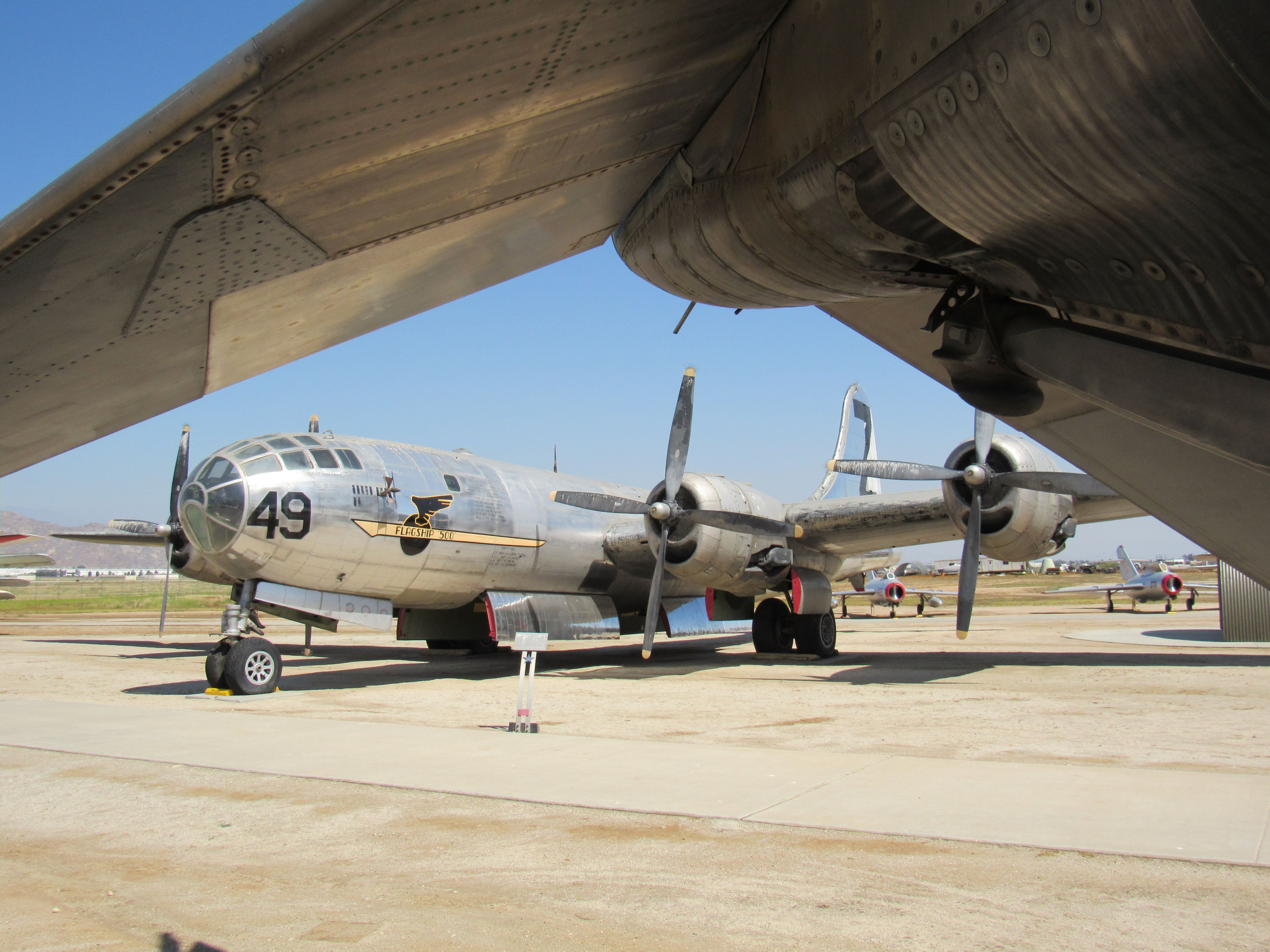

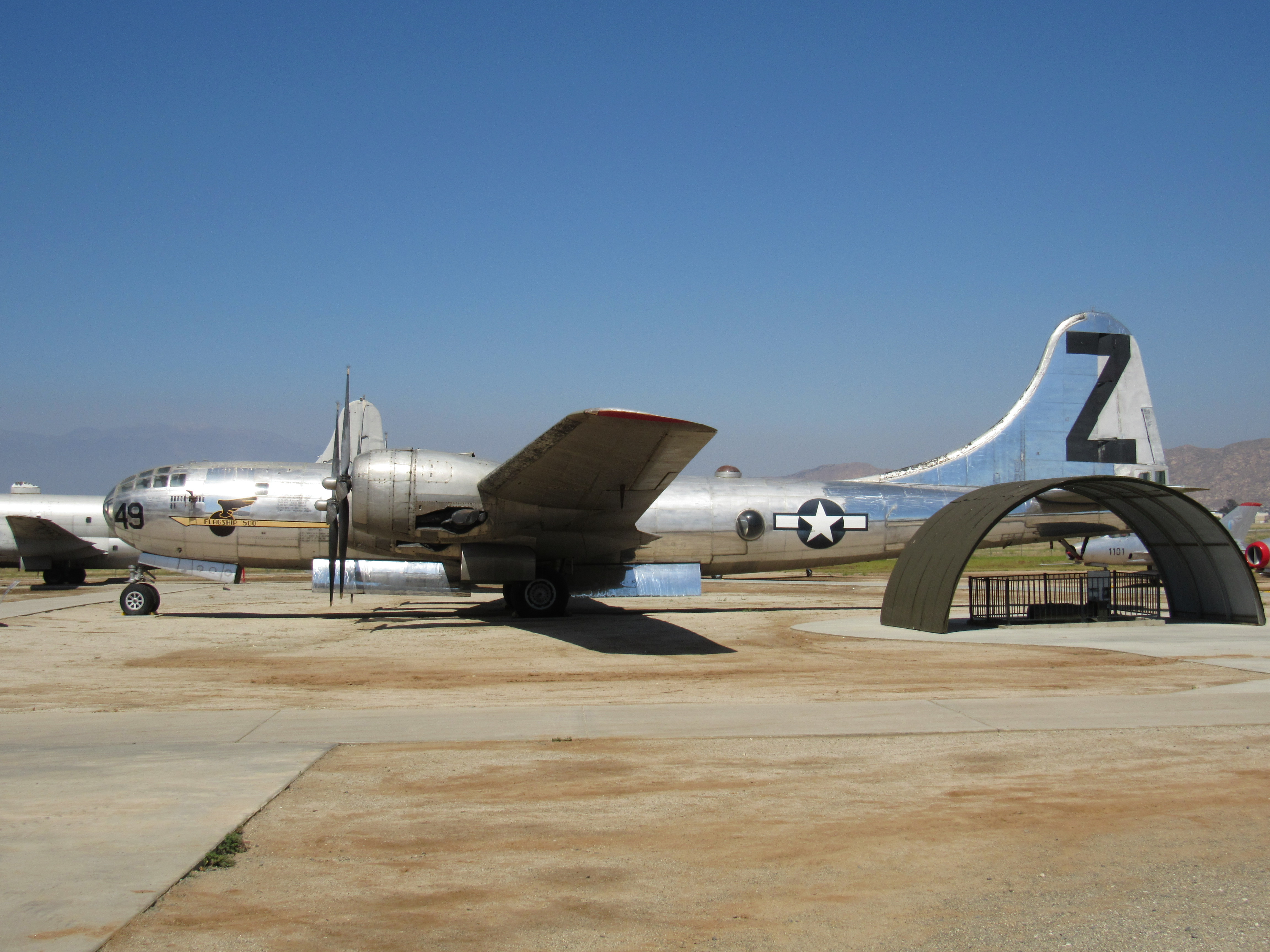
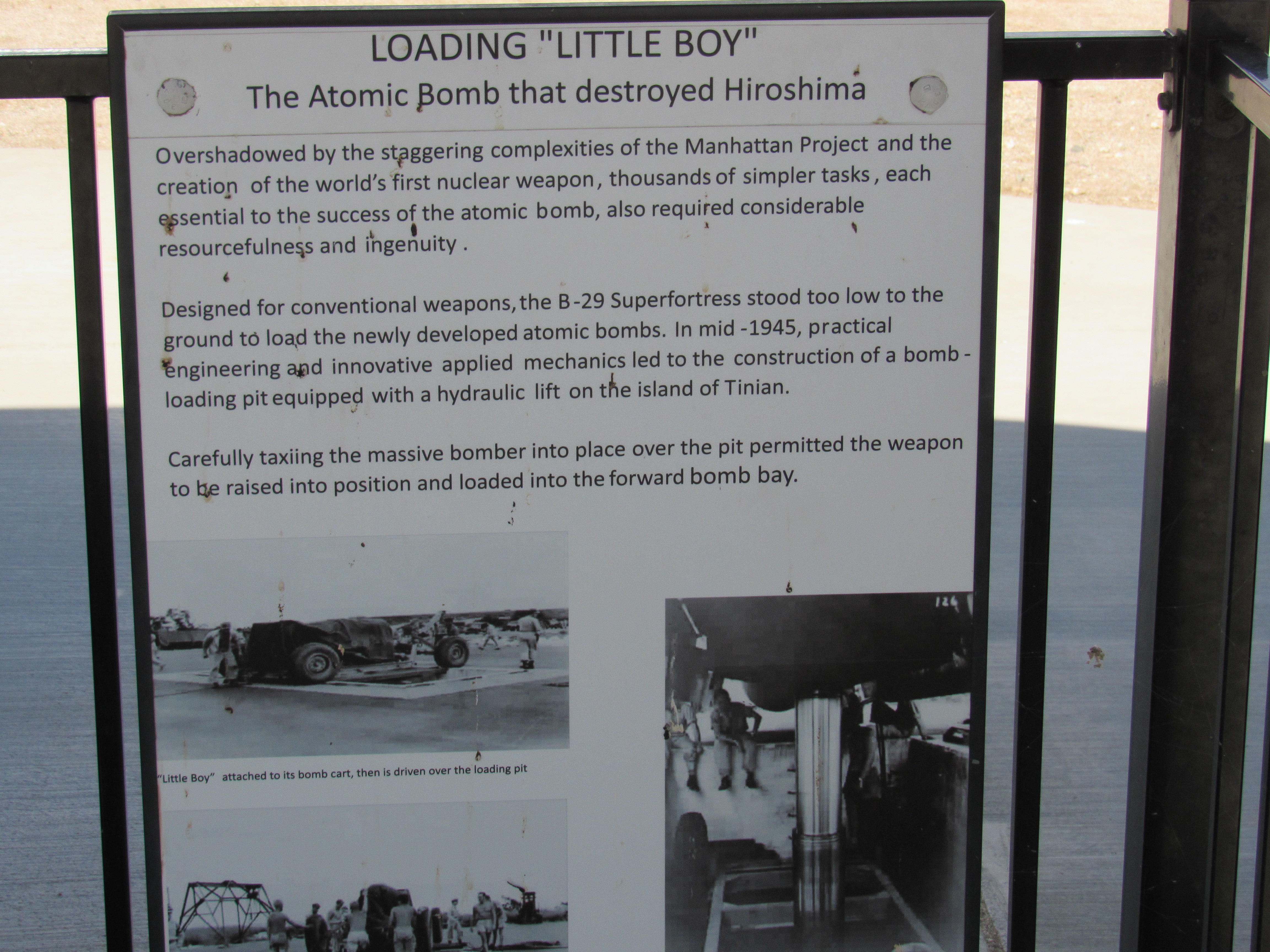
Placard reads:
Loading “Little Boy”
The Atomic Bomb that destroyed Hiroshima
Overshadowed by the staggering complexities of the Manhattan Project and the creation of the world’s first nuclear weapon, thousands of simple tasks, each essential to the success of the atomic bomb, also required considerable resourcefulness and ingenuity.
Designed for conventional weapons, the B-29 super fortress stood too low to the ground to load the newly developed atomic bombs. In mid-1945, practical engineering and innovative applied mechanics led to the construction of a bomb-loading pit equipped with a hydraulic lift on the island of Tinian.
Carefully taxiing the massive bomber into place over the pit permitted the weapon to be raised into position and loaded into the forward bomb bay.
